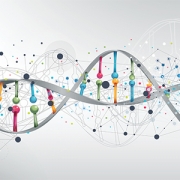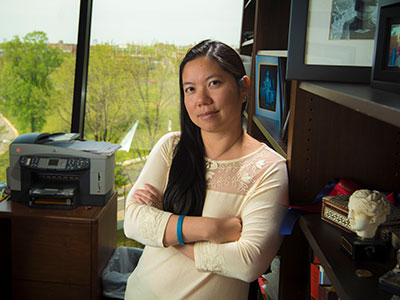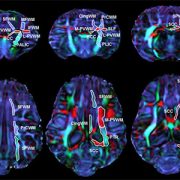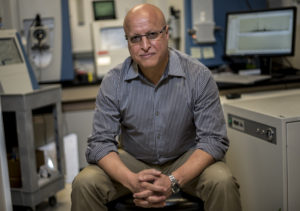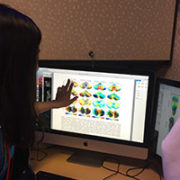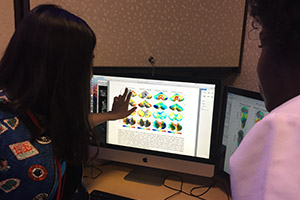Novel pupillary response biomarker for BBD discovered

“To our knowledge, this unique pupillary signature has not been previously seen or described in other patient populations and we have not seen it in any of our other studies,” says Julia Finkel, M.D. “It may represent a distinctive and readily-identifiable physiologic marker of disease.”
Researchers at Children’s National have discovered a potential biomarker in the pupillary response of some pediatric patients with Bowel and Bladder Dysfunction (BBD) that could improve the speed and accuracy of diagnosis and treatment, according to a recent study published in the Journal of Pediatric Urology.
BBD describes a range of lower urinary tract symptoms accompanied by bowel complaints such as enuresis (bedwetting), urgency and urinary retention, often accompanied by constipation. While these symptoms represent 40% of pediatric urology visits, BBD is considered an underdiagnosed pediatric ailment.
Julia Finkel, M.D., pediatric anesthesiologist and director of Research and Development for Pain Medicine at the Sheikh Zayed Institute for Pediatric Surgical Innovation at Children’s National, led the pilot study to explore whether BBD could be detected from a patient’s pupillary light reflex response. Using a novel application of pupillometry, Dr. Finkel and her research team recorded and analyzed the pupillary light reflex responses of 28 patients with BBD, ages 7 – 21, from the Wetting, Infections and Stooling Help (WISH) clinic at Children’s National Health System. The study included baseline static and dynamic pupillometry assessments obtained from each patient before and after voiding. Pupillary measurements were also taken after five minutes of lying down by the patient, and again after five minutes of standing.
In reviewing the patient’s graphed data, the researchers noted a distinct “notch” shape repeated in the pupillary response graph of 11 of 28 patients with BBD symptoms. In those 11 patients, the graph notch appears to indicate a brief repeat constriction of the patient’s pupil before returning to its resting size.
Considering that bowel and bladder functions are controlled in part by the autonomic nervous system, researchers surmised that the notch on the graph is likely to reflect a characteristic disturbance in the regulation of the autonomic nervous system of those 11 patients, which would indicate a physiological cause for their BBD, either alone or in combination with a behavioral cause.
“To our knowledge, this unique pupillary signature has not been previously seen or described in other patient populations and we have not seen it in any of our other studies,” says Dr. Finkel. “It may represent a distinctive and readily-identifiable physiologic marker of disease.”
Causes of BBD can be physiological, such as anomalies in the synapsis of the nervous system, and can be related to behavioral health issues such as anxiety. Early diagnosis and treatment of BBD is important in avoiding secondary complications that can adversely impact a child’s kidney and bladder function as well as psychosocial well-being.
Dr. Finkel says that, while the results of this study are broadly consistent with other studies that examined the autonomic nervous system activity of BBD patients, this small study is preliminary. She notes that further research is needed and would include assessing abnormalities in pupillary response stemming from the parasympathetic and sympathetic functions of the autonomic nervous system.
Her hope is that further study will lead to more effective diagnostic and monitoring tools for clinicians treating BBD patients.
Dr. Finkel’s research focuses on the diagnostic potential of various pupillary reflexes. She says that pupillometry makes an ideal point-of-care diagnostic tool because it is noninvasive, easy to use, portable and provides real-time data for diagnosis and monitoring of therapeutic effects.
In addition to Dr. Finkel, study co-authors include Kevin G. Jackson, Nadia B. Kalloo, M.D., and Emily Blum, M.D., of Children’s National Health System; and Elizabeth L. Malphrus, MS-III, George Washington University.





